Welcome to a world where commercial interior design is more than just function and aesthetics, but an art form that speaks volumes about the company’s culture and values. Offices no longer remain dull and monotonous spaces, but vibrant hubs of creativity and productivity.
An office is a space where we spend most of our day working. A well-designed office not only makes our work easier but also increases our productivity and creativity. An ideal office design is a combination of functionality, comfort, and a vibrant atmosphere.
Here are some key elements to consider when doing commercial interior design:
Layout:
The layout of a commercial space is critical to its functionality. It’s essential to create a design that allows for easy navigation and workflow. The ideal office layout should consider the specific needs of the business and the employees. A traditional cubicle layout may not be the best fit for every office. The open office layout, for example, encourages collaboration and communication among employees.
Lighting:
Lighting is a critical element of any commercial space like an office. Natural lighting is the best option, as it improves mood, reduces eye strain, and increases productivity. In cases where natural light is not available, a combination of task and ambient lighting can be used to provide adequate lighting.
Furniture:
Comfortable and ergonomic furniture is essential for the well-being of employees. Ergonomic chairs and furniture can reduce the risk of back pain and other musculoskeletal disorders. Furniture should also be adjustable to accommodate different body types and preferences.
Colors:
Colors have a significant impact on mood and productivity. Colors such as blue, green, and yellow promote calmness, focus, and creativity. Neutral colors, such as white and beige, can create a sense of space and reduce distractions. Vibrant colors, such as red and orange, should be used sparingly, as they can be overwhelming.
Storage:
A well-designed office should have adequate storage space. Filing cabinets, shelves, and drawers can be used to store documents, files, and office supplies. A clutter-free office promotes organization and productivity.
Technology:
The ideal commercial interior should be equipped with the latest technology. Computers, printers, scanners, and other office equipment should be accessible and easy to use. An office should also have high-speed internet connectivity and be equipped with video conferencing tools.
Privacy:
Privacy is essential in an office environment. Privacy can be achieved through soundproofing, partitions, and private meeting rooms. Employees should have access to private spaces where they can work without distractions.
Break rooms:
Break rooms are essential for employee well-being. They provide a space for employees to relax, recharge, and socialize. Break rooms can be equipped with amenities such as a kitchen, comfortable seating, and games.
Plants:
Plants have a positive impact on the environment and the mood of employees. Plants can purify the air, reduce stress, and improve productivity. Indoor plants can be used to add color and texture to the office.
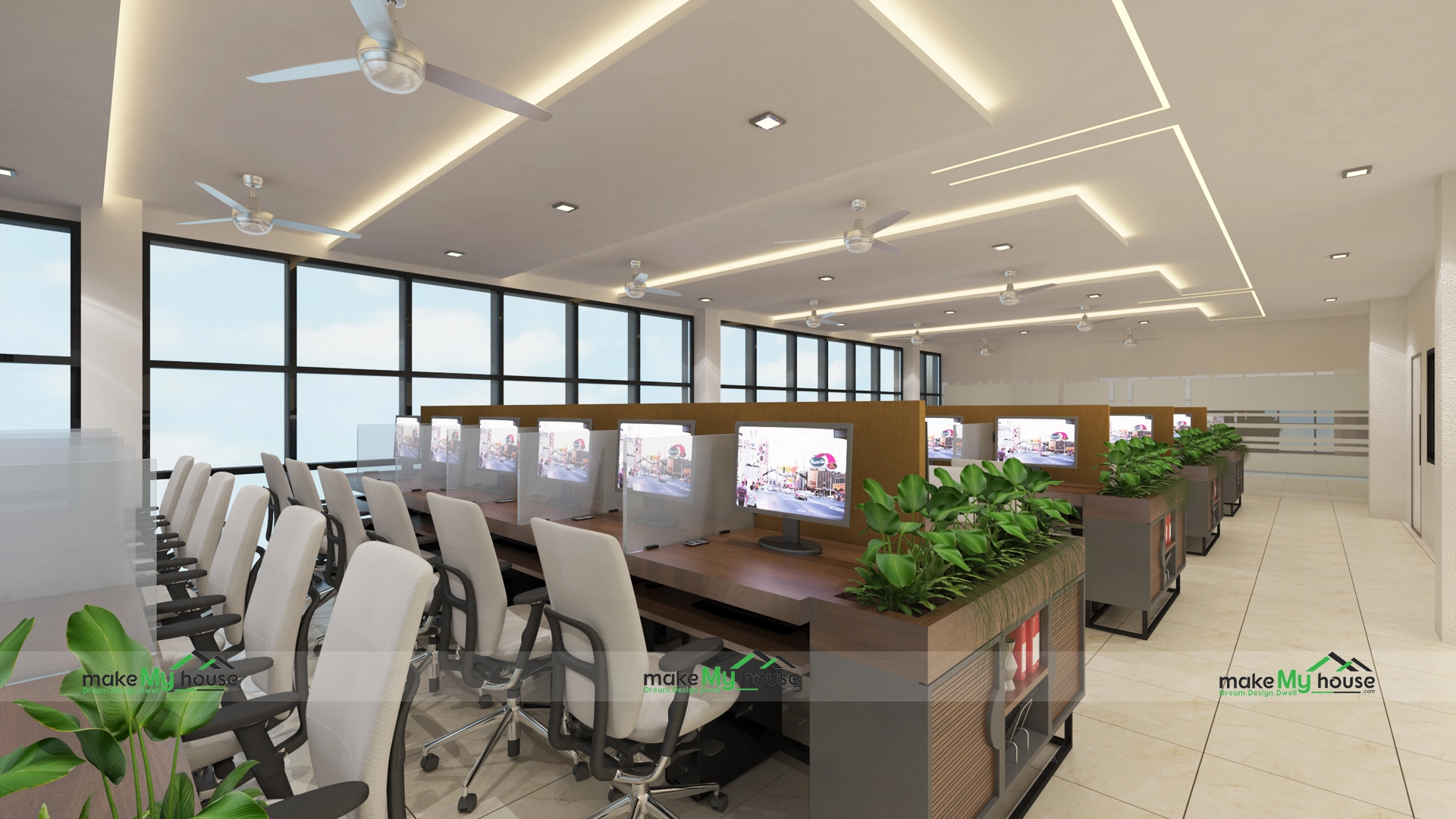
Artwork:
Artwork can add aesthetic appeal to a commercial interior design. It can also boost creativity and thoughtfulness. Artwork can be used to showcase the brand image of the business or to create a relaxing and inspiring environment.
Commercial interior design plays a critical role in creating successful businesses. The planning and design phase must be carefully considered to ensure functionality and efficiency, while color and lighting are used to create a specific mood and ambiance. Furniture and fixtures must be chosen to reflect the needs of the business and employees, while branding and identity are used to create a cohesive and consistent brand identity.
Sustainability and regulations must also be considered to create a safe and environmentally friendly design. By considering all these aspects, a successful commercial interior design can be created. Make My House is an interior design and architectural platform that has created many functional and efficient workspaces. Our designs are professional yet comfortable so that a warm and welcoming environment is maintained at the workplace.
Design Trends in Commercial Designing
Commercial design trends are constantly evolving, driven by changes in technology, social attitudes, and consumer behavior. Let us explore some of the recent commercial design trends that are shaping the way businesses design their spaces.
Biophilic Design
Biophilic design is a trend that incorporates natural elements into commercial spaces, such as plants, natural light, and water features. This trend has been gaining popularity as businesses recognize the positive effects of nature on employee well-being and productivity. Biophilic design can also help to create a more calming and inviting environment for customers.
Collaborative Spaces
Collaborative spaces are another trend that is becoming increasingly popular in commercial design. These spaces are designed to encourage interaction and collaboration between employees and can include shared workstations, breakout areas, and meeting rooms. Collaborative spaces can help to foster creativity and innovation, as well as improve employee satisfaction and retention.
Flexibility and Mobility
Flexibility and mobility are important trends in commercial design, as businesses recognize the need for adaptable and agile workspaces. This includes movable furniture, modular workstations, and flexible layouts that can be easily reconfigured to accommodate changing business needs. Flexible and mobile spaces can also help to optimize space utilization and reduce costs.
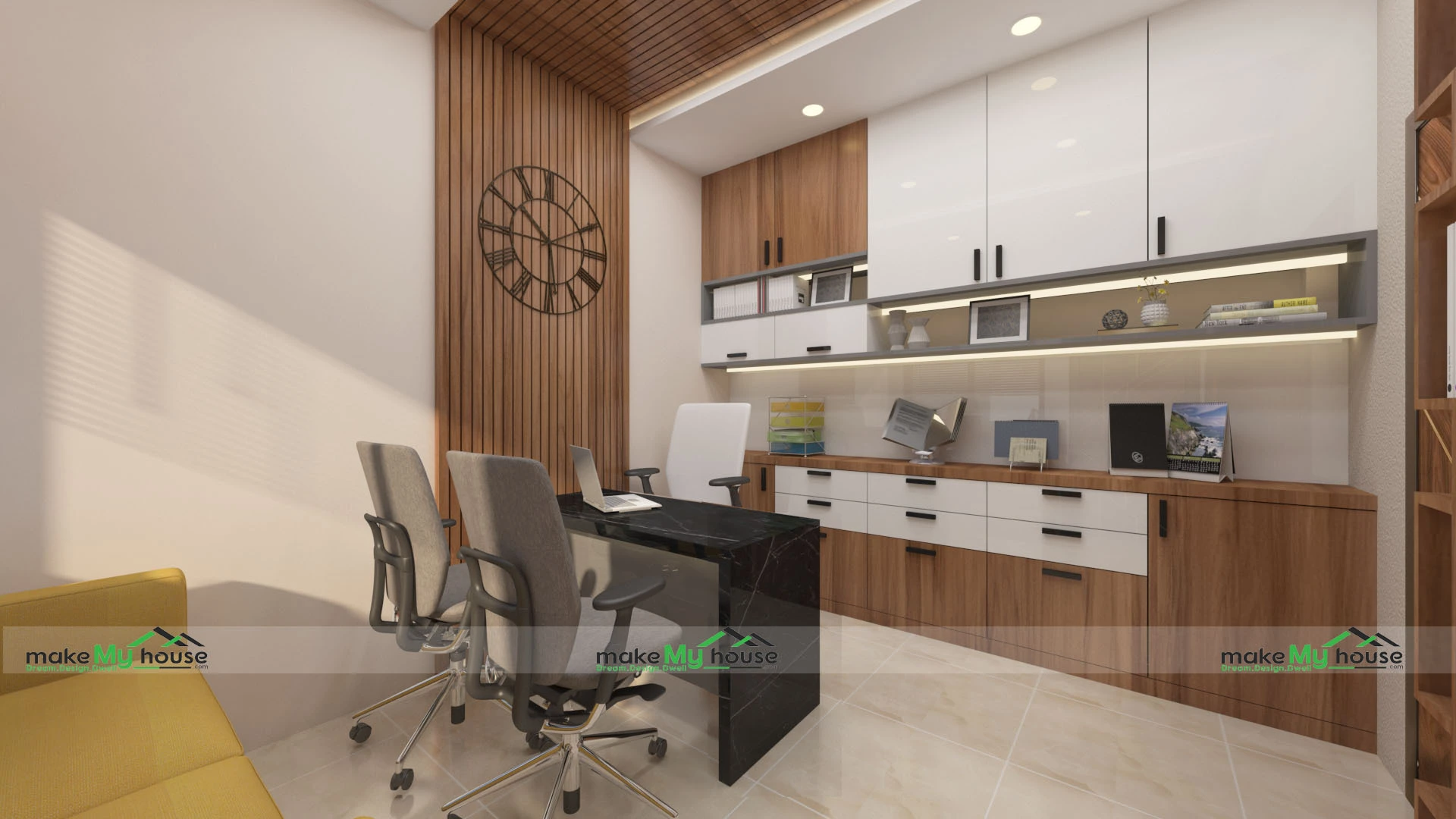
Sustainability
Sustainability is a growing trend in commercial design, as businesses seek to reduce their environmental footprint and promote responsible practices. This includes the use of sustainable materials, energy-efficient lighting, and green building practices. Sustainable design can help businesses to attract eco-conscious customers and employees and improve their reputation in the community.
Technology Integration
Technology integration is a trend that is transforming commercial design, as businesses seek to create spaces that can support modern technologies and digital tools. This includes the integration of smart building systems, wireless charging stations, and video conferencing tools. Technology integration can help to improve productivity, collaboration, and communication, as well as enhance the customer experience.
Industrial Aesthetics
Industrial aesthetics are a popular trend in commercial design, characterized by the use of raw materials, exposed ductwork, and other elements typically associated with industrial spaces. This style can create a rugged and authentic look that is particularly popular in restaurants, cafes, and other businesses that cater to younger, urban customers.
In conclusion, these are just some of the recent commercial design trends that are shaping the way businesses design their spaces. Biophilic design, collaborative spaces, flexibility and mobility, sustainability, technology integration, and industrial aesthetics are all trends that are driving innovation and creativity in commercial design. By embracing these trends, businesses can create top-notch office spaces while also meeting the needs and expectations of their customers and employees.
Frequently Asked Questions about Commercial Interiors
Q: What is commercial interior designing?
Commercial interior designing involves designing the interiors of commercial spaces, such as offices, retail stores, restaurants, hotels, and other commercial establishments. It includes creating functional and aesthetically pleasing spaces that meet the needs of the business and its customers.
Q: What are some key considerations in commercial interior designing?
Some key considerations in commercial interior designing include understanding the needs of the business and its customers, creating a functional layout, selecting appropriate materials and finishes, and incorporating branding and marketing elements into the design.
Q: What are some popular commercial interior design styles?
Some popular commercial interior design styles include modern, minimalist, industrial, traditional, and eclectic. The style chosen will depend on the type of business, its brand, and the preferences of its customers.
Q: How can commercial interior designing be sustainable?
Commercial interior designing can be sustainable by incorporating eco-friendly materials and finishes, using energy-efficient lighting and HVAC systems, and implementing green building practices such as recycling and reducing waste.
Q: How can commercial interior designing enhance the customer experience?
Commercial interior designing can enhance the customer experience by creating an inviting and memorable space, incorporating branding and marketing elements into the design, providing comfortable seating and easy navigation, and creating a welcoming atmosphere for customers.

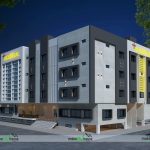
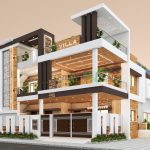
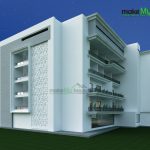
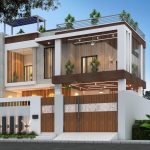
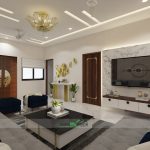
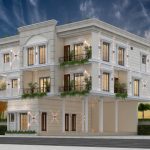
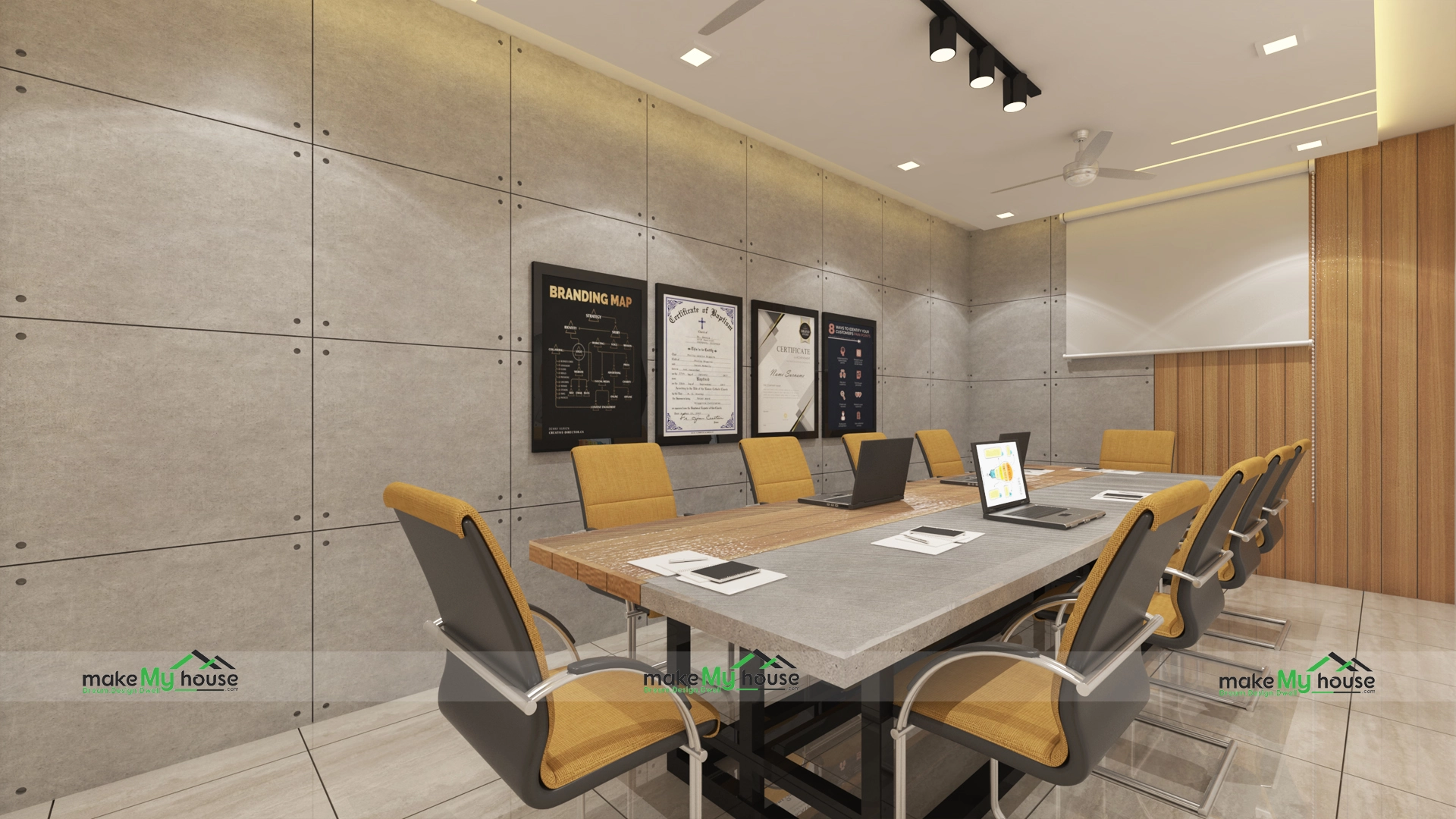
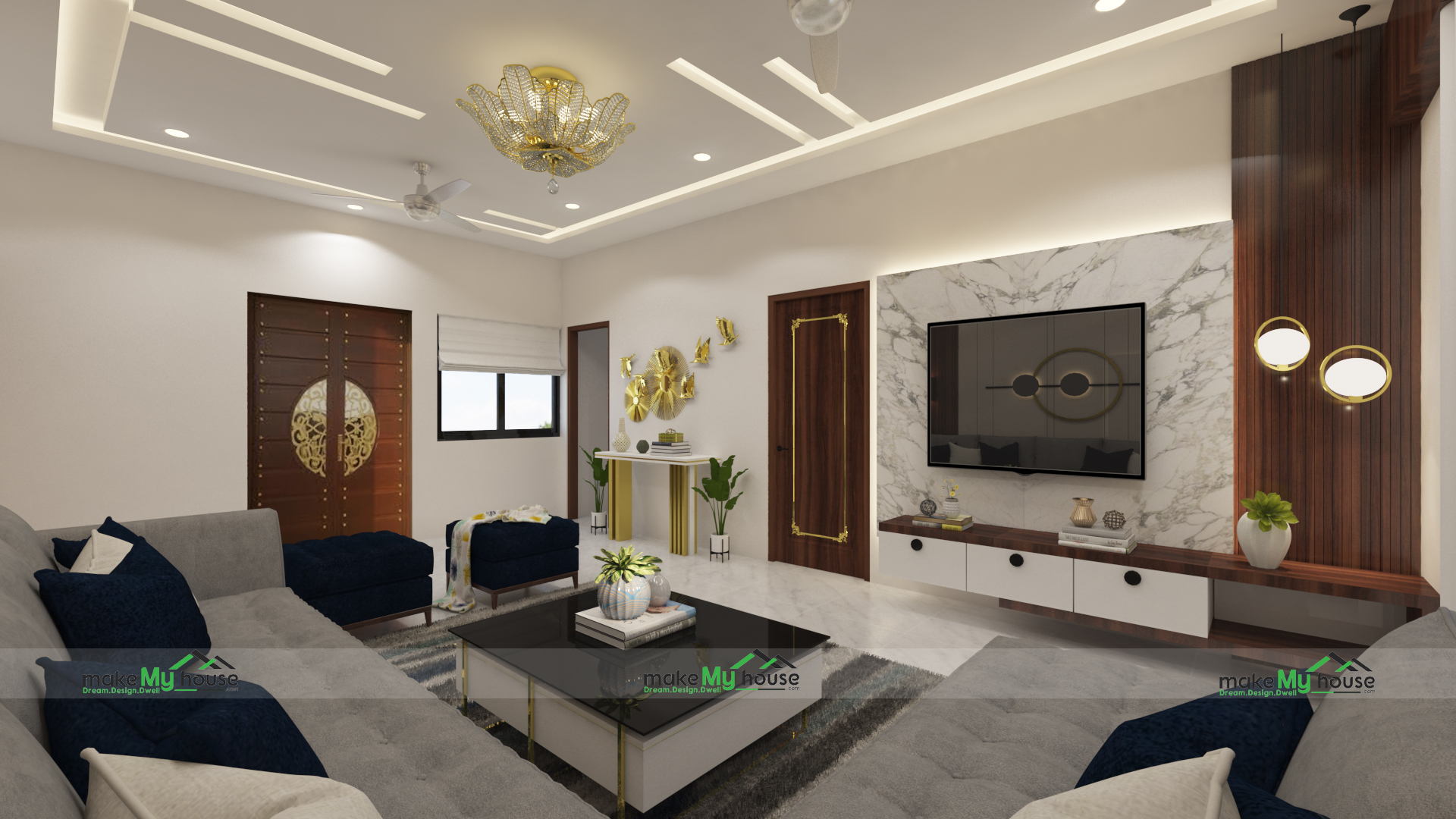
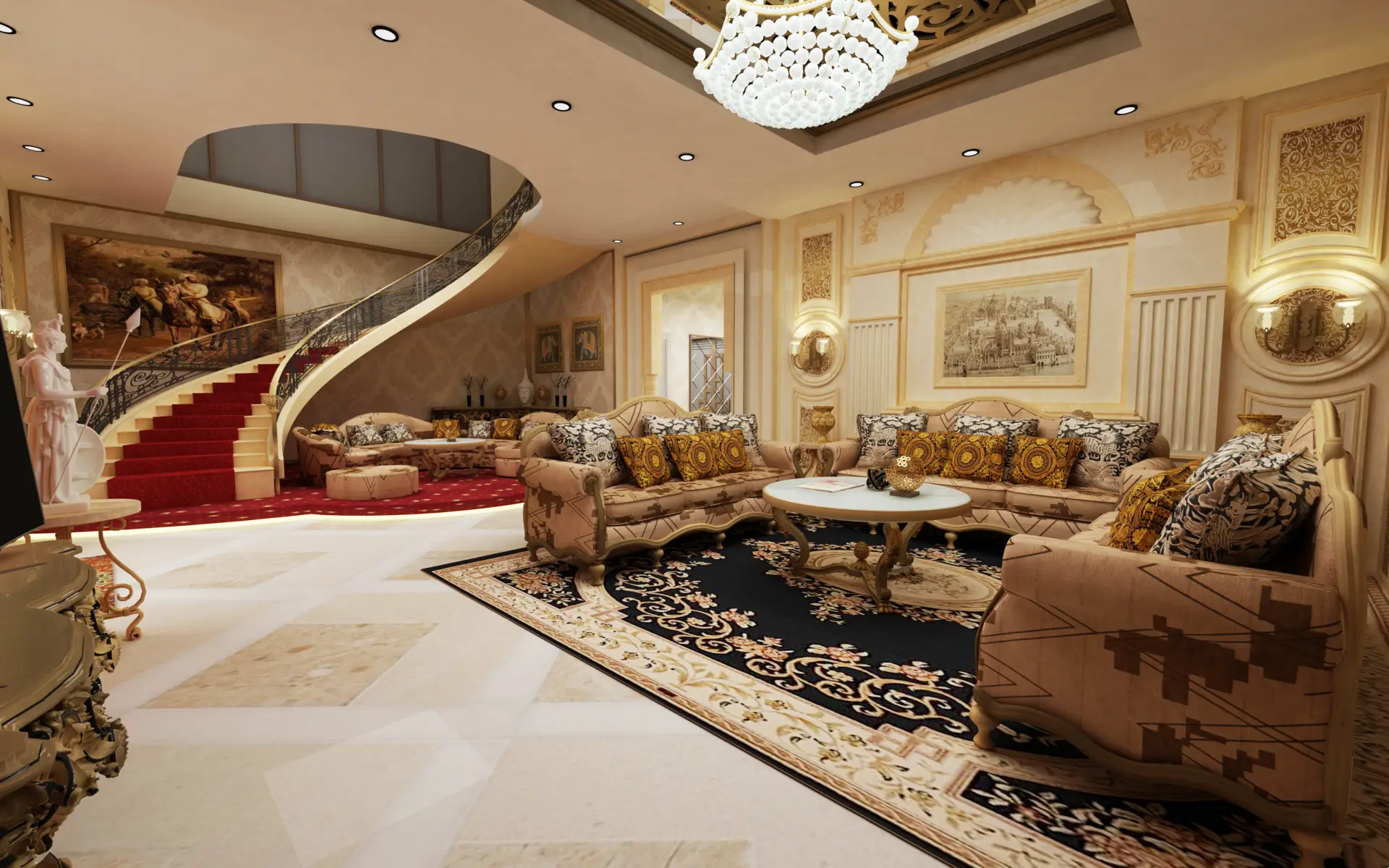
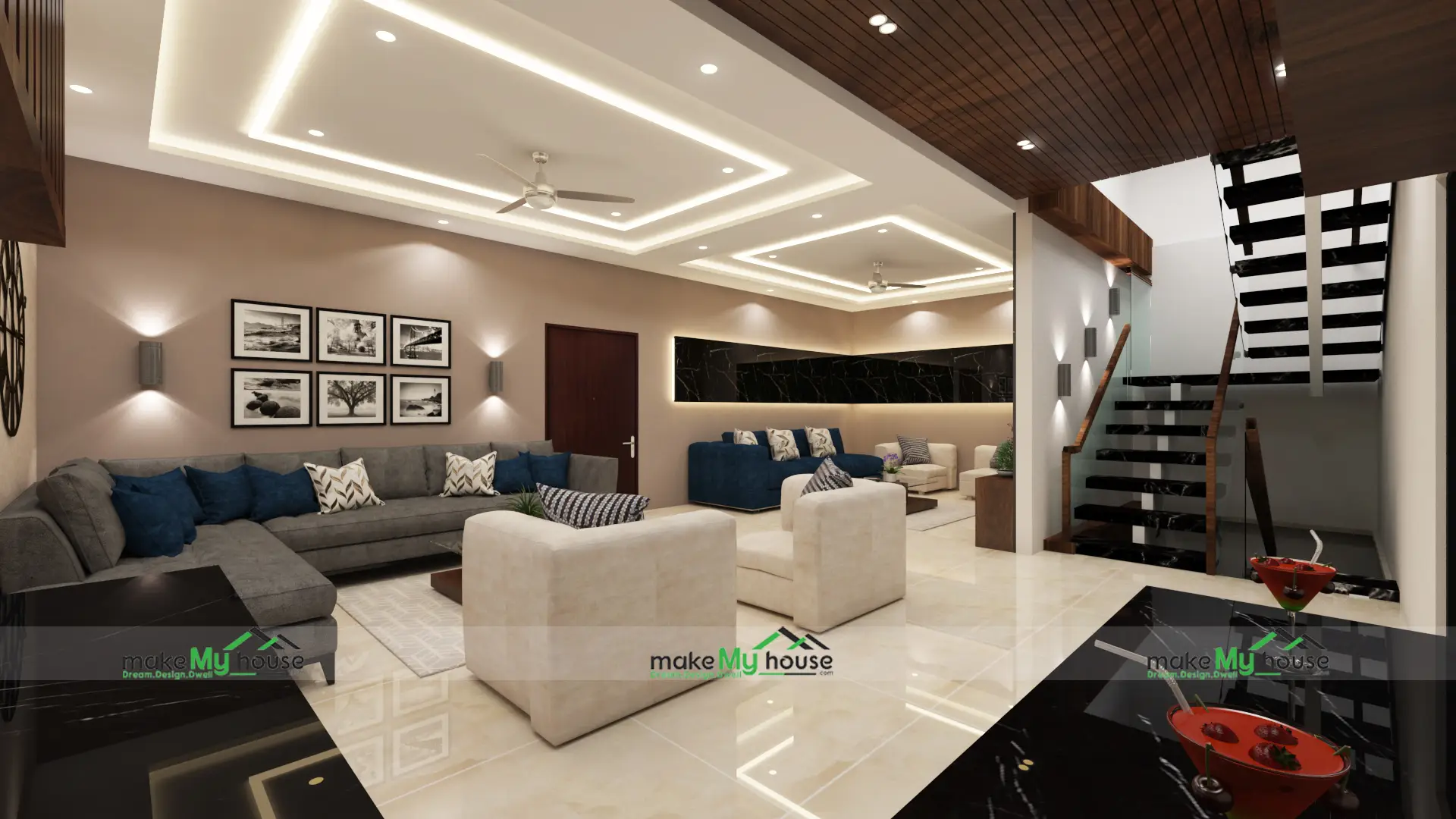
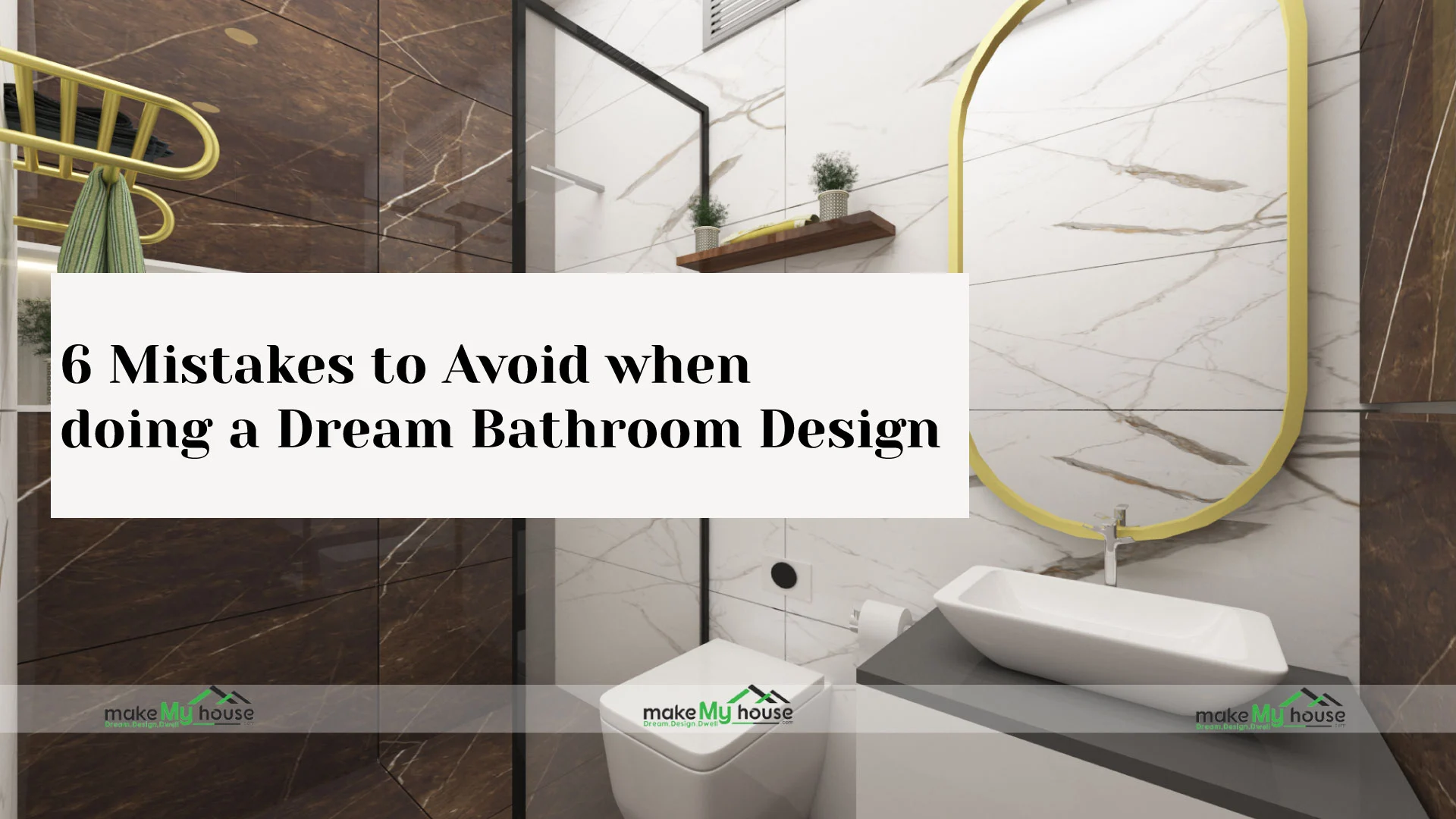
One thought on “Design Trends for Top-Notch Commercial Interior Design”